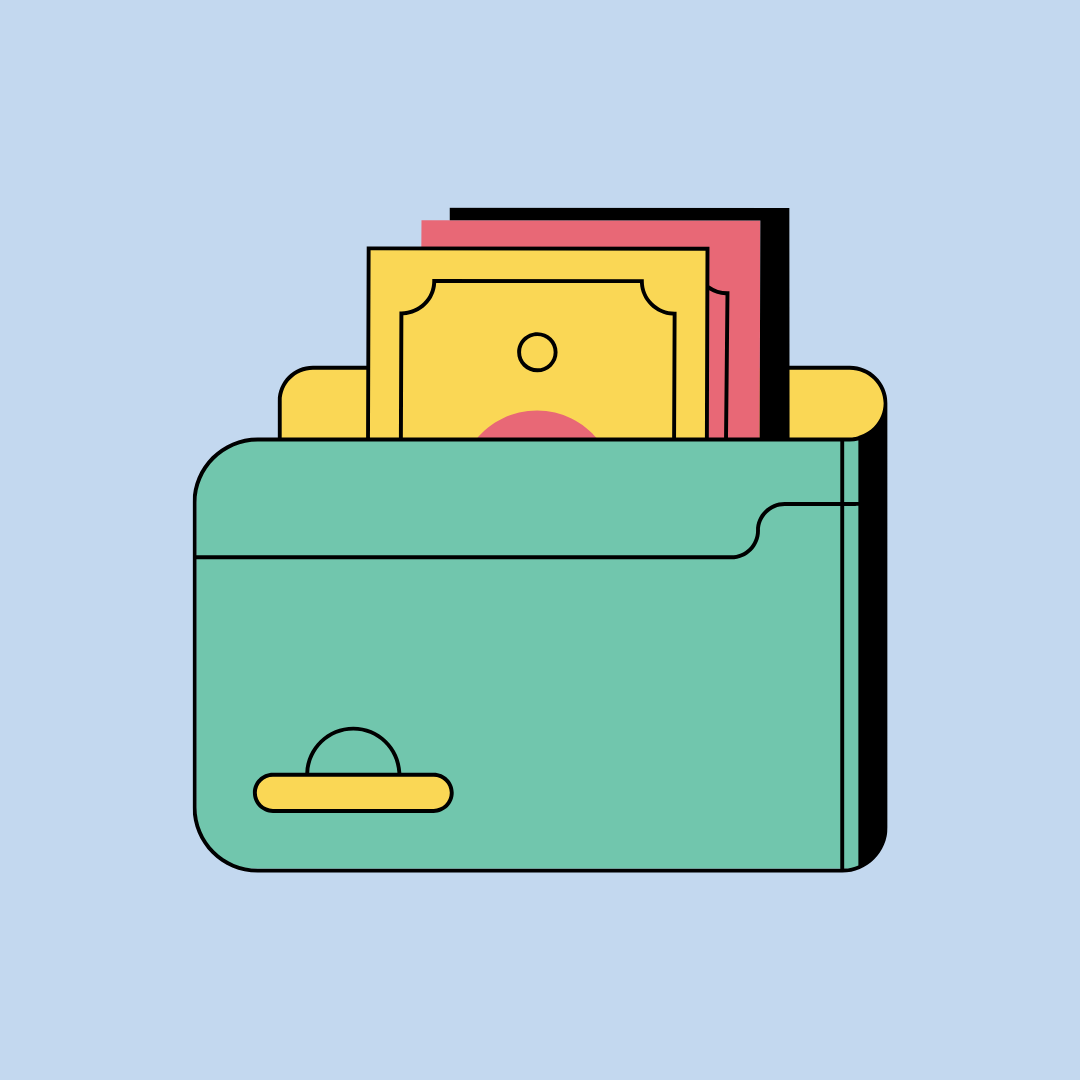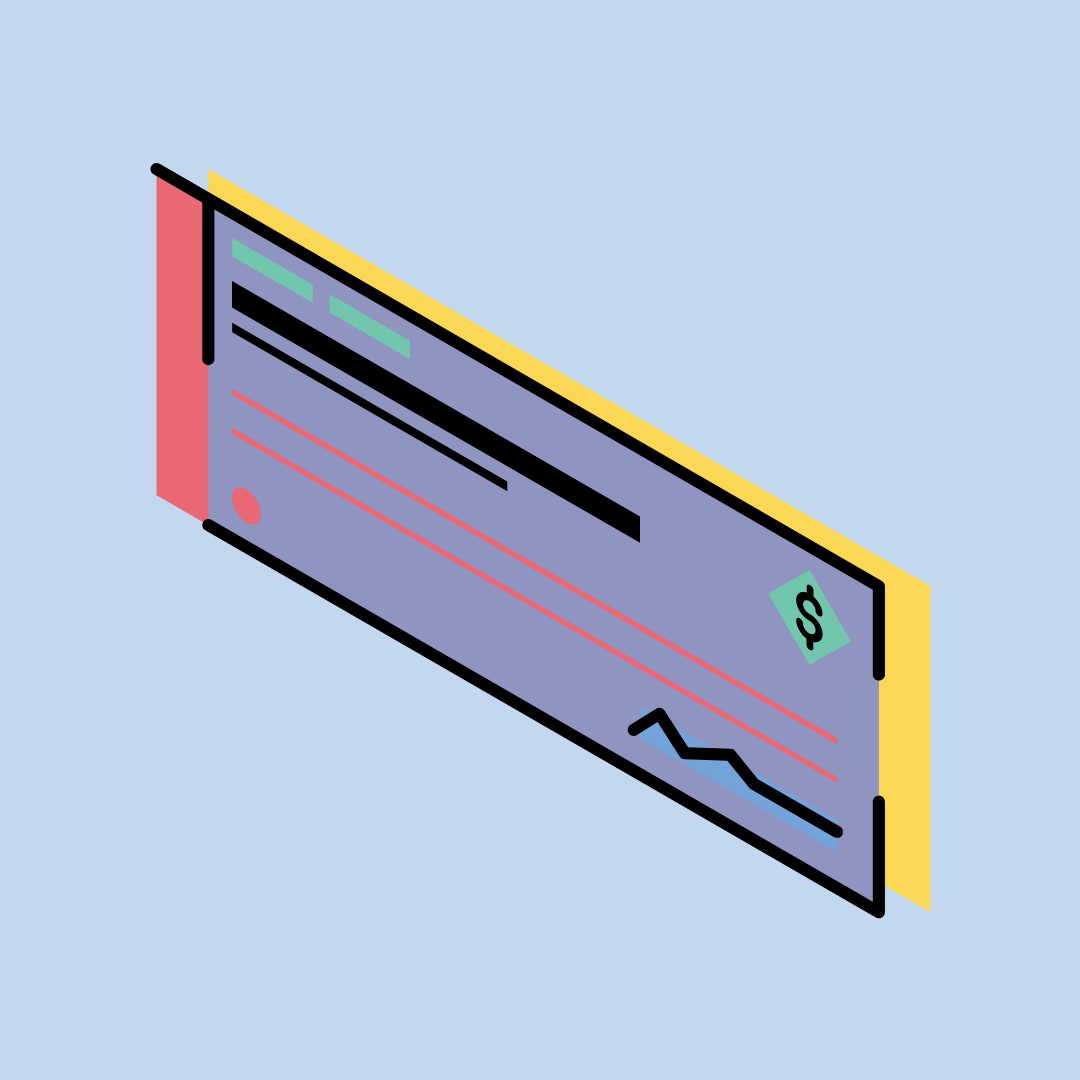In the world of finance, the ability to cash a check efficiently and securely is a critical need. From payroll checks to tax refund checks, the mechanism of converting these paper promises into actual purchasing power is a critical aspect of financial management. This article provides guidance on what a check is, how to cash it and where to cash it, ensuring you are well equipped to navigate this process.
What is a Check?
Acheck is a written, dated and signed instrument that directs a bank to pay a specific amount of money from the check writer's account to the person or entity whose name is written on the check. The recipient (payee) then deposits or cashes the check to access the funds.
Checks are a traditional form of payment that allows individuals and businesses to conduct transactions without the need for an immediate exchange of cash. They can be used for a wide range of payments, from personal gifts to payroll and business transactions.
Checks offer a traceable method of payment, providing a paper trail that can be useful for accounting and tax purposes. They remain a fundamental component of financial transactions, offering a combination of security, convenience and versatility. Despite the rise of digital payments, the relevance of various types of checks persists, serving diverse needs, from everyday payments to significant financial dealings. Here are the different types of checks:
- Personal Checks: are the most common type, issued by individuals and generally drawn on a checking account. They are used to pay bills, rent or transfer money to family and friends.
- Cashier's Checks: These are issued by the banks themselves, guaranteeing the availability of funds since the bank holds the amount until the check is cashed. These are usually used in important transactions, such as down payments on a house.
- Certified Checks: These are personal checks verified by a bank. The bank certifies that the signature is genuine and that the check writer has sufficient funds in his/her account to cover the amount of the check at the time of issuance.
- Money orders: are a prepaid method of payment, similar to checks but generally considered more secure as they require payment in advance. Money orders are widely accepted and can be purchased at banks, post offices, and even some retail stores.
- Traveler's Checks: These are pre-printed checks of a fixed amount designed to allow travelers to carry cash without cash. They can be exchanged for local currency at banks, exchange houses or some retailers and are protected against loss or theft.
- Government Checks: include tax refunds, social security benefits and other payments issued by the government. These are considered very safe, as they are backed by the government.
From personal checks to certificates, each type plays a specific role, ensuring that individuals and businesses have the flexibility to manage their money securely and efficiently. Despite the growing prevalence of digital finance, checks continue to hold their position, offering an indispensable option for a wide variety of financial dealings. Understanding the functionality and utility of different types of checks remains key to optimizing financial transactions and strategies.

How to Cash Your Check?
The journey from receiving a check to converting it to cash or depositing it into your bank account is simplified by understanding a few key steps. Using advances in banking technology and the experience of bank tellers, let's delve into the methodological approach to accessing your funds.
Step 1: Endorse your Check
Startby endorsing your check, a necessary step that indicates your intent to cash or deposit it. Turn the check over and sign your name in the specified area on the back.
Step 2: Prepare your ID
Havinga valid form of identification is crucial. This could be a driver's license, an official government-issued ID or any other official identification, ensuring that the check is cashed or deposited by its rightful owner.
Step 3: Choose Where to Cash the Check
Youroptions include a local bank or credit union, where checking accounts often facilitate lower fees for account holders, or a check cashing service for those without a bank account. In addition, certain retailers and grocery stores with a customer service desk may offer check cashing services, usually for a small fee.
Step 4: Present your Check and Identification
Atyour selected location, present the endorsed check and your identification. The cashier or service representative will verify your identity and the authenticity of the check.
Step 5: Decide between Cash or Deposit
Choosewhether you want to cash the check or deposit it into your account. This decision may affect whether you opt for direct deposit to a linked bank account, use mobile deposit options, or even load funds onto a prepaid debit card.
Step 6: Complete the Transaction
Theteller processes your check based on your decision. Deposits may require a short wait for funds availability, while cashing out provides immediate access to your money.
Step 7: Obtain a Receipt
Alwaysbe sure to get a receipt after the transaction. This serves as a record of your action, important for personal financial follow-up and potential inquiries.
Cashing your check is a simple process when you follow these essential steps, from endorsement to choosing your location for cashing. Each step is designed to ensure that access to your funds is secure, convenient and tailored to your financial needs, highlighting the importance of understanding your banking options.
Where to cash your check and associated fees?
Identifyinga reliable and efficient place to cash your check, whether it involves government checks, insurance settlement checks or two-party personal checks, is paramount. The landscape offers several avenues, each with its own set of benefits and considerations.
Banks and Credit Unions
Traditionaland secure, if the check is drawn on an account at the same institution, cashing it is typically free. These locations are ideal for those with their own bank accounts, offering services such as cashier's check cashing and government and payroll checks.Associated Fees:If you have an account at a bank or credit union where the check was drawn, it is generally free to cash a check. Some banks may still charge a fee if the check comes from a different bank, but this is becoming less common.
Check Cashing Services
Aviable option for immediate needs or for individuals without bank accounts, though often accompanied by fees. Stores and check cashing services such as Ingo Money provide versatility but may involve check cashing limits or higher fees.Associated Fees: These services are convenient but often come with higher fees. They may charge a flat fee plus a percentage of the check amount, which can range from 1% to 4% or more. For example, cashing a $1000 check at a service that charges 2% would cost $20.
Stores
Avery convenient option, many stores and gas stations now offer check cashing for a flat fee or a percentage of the check amount. This can be particularly useful for cashing checks such as payroll or government checks as they pass.Associated Fees: Some supermarkets and convenience stores cash checks for a fee, which may be lower than check cashing services. Fees at retailers are often a flat fee (e.g., $3 to $6 for checks up to a certain dollar amount) plus an additional fee for larger amounts.
Digital Options
Mobile depositsand services linked to PayPal accounts or prepaid cards allow you to deposit checks without visiting a bank. This method suits those comfortable with digital banking, offering a way to deposit checks directly into a linked account or onto a prepaid card.Associated Fees: If there are fees, they are often structured similarly to Ingo Money or PayPal services for immediate access, but are generally waived if you are willing to wait the standard clearing time.
The choice spans traditional banking institutions, check cashing services, retail outlets and innovative digital platforms, each catering to different needs and preferences. Whether you prioritize convenience, low fees or immediate access to cash, there is an option tailored to your situation. As we move into an increasingly digital world, the value of the physical check remains undisputed in its utility and necessity.
Conclusion
Cashinga check efficiently depends on understanding your options and the associated fees. Whether you prefer the traditional security of a bank or credit union, the convenience of a check cashing service or the modern approach of mobile deposits, the key is to weigh these options against your immediate financial needs and the costs involved. By integrating money-saving strategies, such as avoiding high fees and opting for direct deposit, you can ensure a smooth and stress-free process, making the most of your financial resources.












.svg)